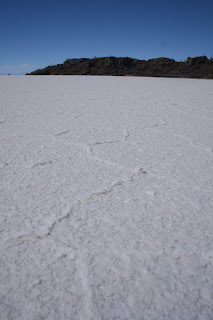

Saturday 26th April
We had a very cool day. We visited two museums, the first was the Textile and Ethnographic museum run by a foundation called ASUR. The foundation was set up to preserve the ancient methods of weaving in the indigenous communities around the Sucre region. They have set up many workshops in rural communities where women (and some men) make weavings using traditional methods, and then they are sold through ASUR at the museum shop and other outlets, with the profits being used to train more weavers.
Anyway, the museum was absolutely fantastic. It had a combination of ancient (1600-odd years old) to modern day weavings from several different ethnic groups from around the region. They also had english translations for all the explanations (which was really helpful). It was fascinating to learn how the weaving is done and how it has evolved from 1,000´s of years ago to the present day, and to learn about the differences between the weavings of the different ethnic groups. We purchased two weavings so you´ll all be able to see how cool they are when we get home – it´s like each time you look at them you discover something new in them.
In the afternoon we went and visited the Museum Charcas, which has collections of contemporary art (i.e. more religous paintings), and colonial furniture. But the best bit was their achaeological collection, which consisted of a cool collection of tools, household implements and weapons from Pre-Incan cultures and a huge ceramics collection from several different ethnic groups from around the region covering the last 3,500 or so years. It was fascinating to see the progression of design and decoration of the ceramics, and how different they were in each area.
















































